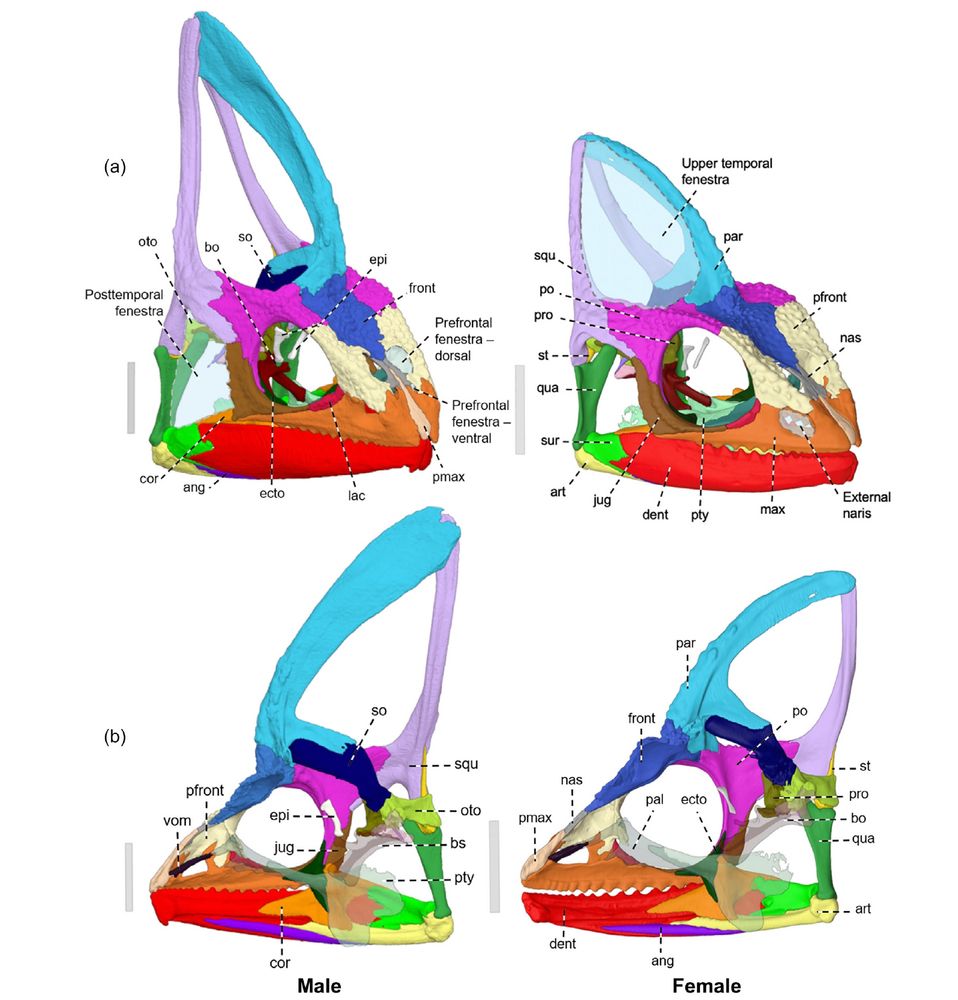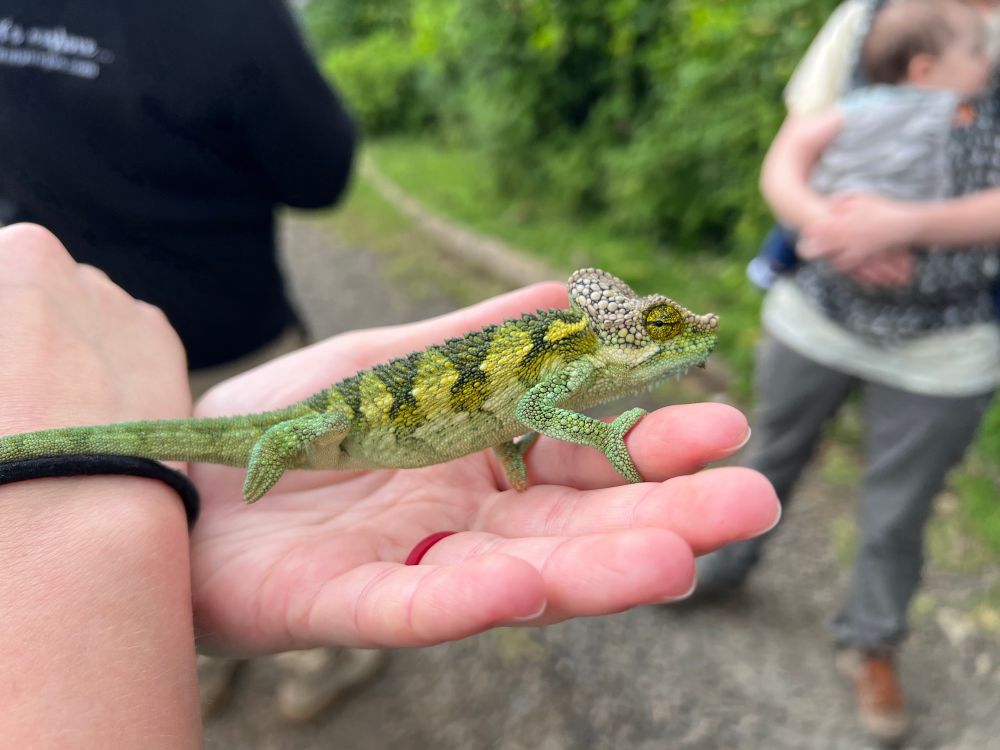
anatomypubs.onlinelibrary.wiley.com/doi/full/10....

anatomypubs.onlinelibrary.wiley.com/doi/full/10....
www.nature.com/articles/s41...

www.nature.com/articles/s41...
www.salamandra-journal.com/index.php/co...

www.salamandra-journal.com/index.php/co...
bioone.org/journals/sou...

bioone.org/journals/sou...
onlinelibrary.wiley.com/doi/full/10....

onlinelibrary.wiley.com/doi/full/10....
Article: www.journals.uchicago.edu/doi/10.1086/...
Summary: theconversation.com/3-legged-liz...

Article: www.journals.uchicago.edu/doi/10.1086/...
Summary: theconversation.com/3-legged-liz...
African Herp News is available to HAA members or publicly after ~1 yr: africanherpetology.org/african-herp...

African Herp News is available to HAA members or publicly after ~1 yr: africanherpetology.org/african-herp...
African Herp News is available after ~1 year: africanherpetology.org/african-herp...

African Herp News is available after ~1 year: africanherpetology.org/african-herp...
academic.oup.com/cz/advance-a...

academic.oup.com/cz/advance-a...
www.cell.com/current-biol...

www.cell.com/current-biol...
anatomypubs.onlinelibrary.wiley.com/doi/full/10....

anatomypubs.onlinelibrary.wiley.com/doi/full/10....
www.biotaxa.org/hn/article/v...

www.biotaxa.org/hn/article/v...
Article: onlinelibrary.wiley.com/doi/10.1111/...

Article: onlinelibrary.wiley.com/doi/10.1111/...

Article: link.springer.com/article/10.1...

Article: link.springer.com/article/10.1...
Article: www.researchgate.net/profile/Goek...

Article: www.researchgate.net/profile/Goek...
digitalcommons.usu.edu/cgi/viewcont...

digitalcommons.usu.edu/cgi/viewcont...
Article: royalsocietypublishing.org/doi/10.1098/...

Article: royalsocietypublishing.org/doi/10.1098/...
Article: greenauve.org/new-hope-for...

Article: greenauve.org/new-hope-for...



Link: zse.pensoft.net/article/1519...

Link: zse.pensoft.net/article/1519...












